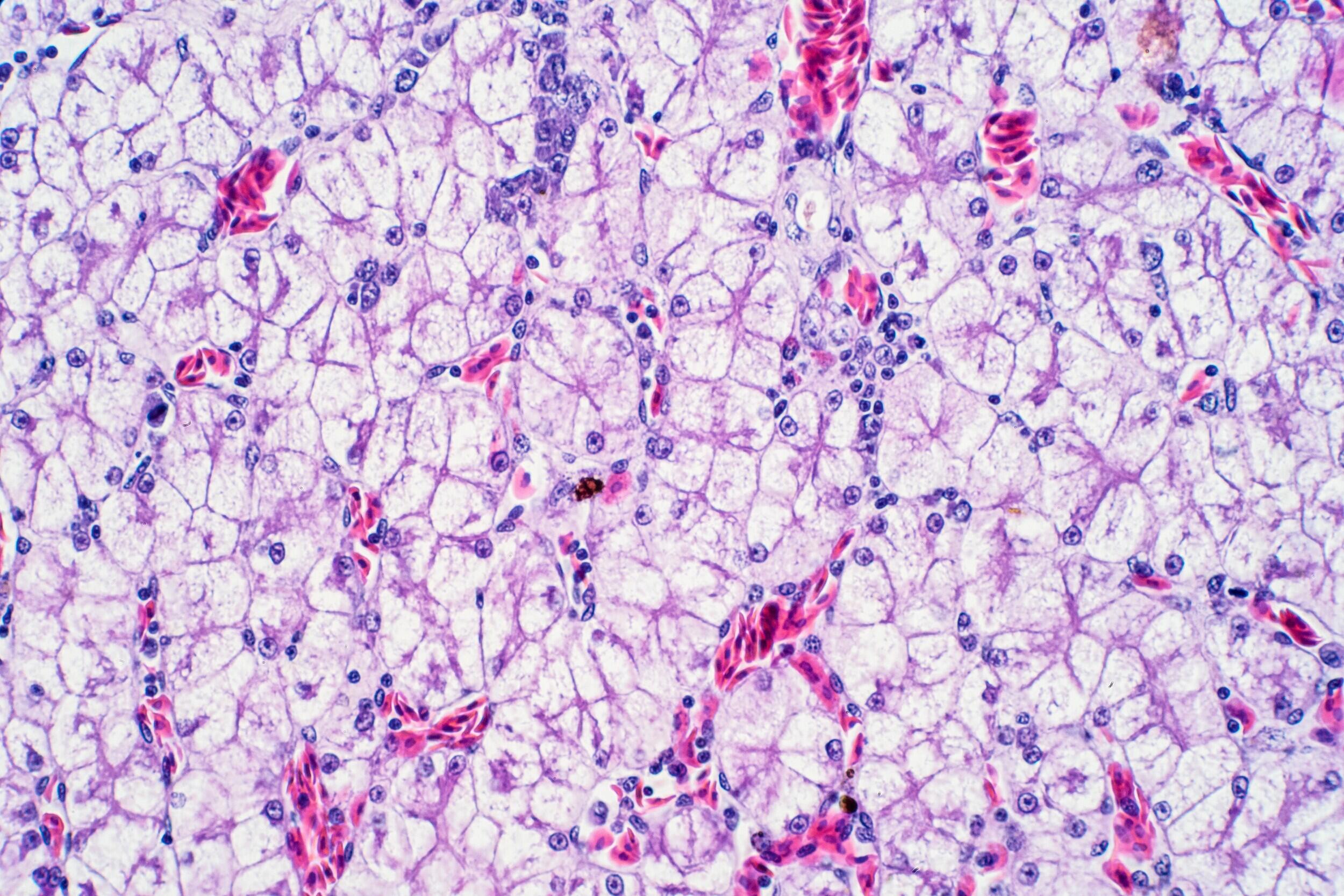
Aug. 26, 2019
Researchers identify fundamental properties of cells that affect how tissue structures form
Share this story
Researchers have found that changing the mechanical properties of individual cells disrupts their ability to remain stable, profoundly affecting their health and the health of the tissue that comprises them.
In the September issue of the journal Current Biology, Virginia Commonwealth University researchers, in collaboration with researchers from the University of Florida, identify a fundamental factor in maintaining a stable multicellular structure: the LINC complex.
The LINC complex — a group of proteins known as the nuclear linker of nucleoskeleton to cytoskeleton — anchors the nucleus to the cell. The study, using 3D culture models of cell clusters known as acini, suggests that mechanically disrupting the LINC complex destabilizes the clusters.
“If these main connections that help anchor the nucleus are disrupted, the cells try their best to compensate in order to keep things normal,” said Vani Narayanan, a doctoral candidate in the Department of Biomedical Engineering in the VCU College of Engineering and lead co-author of the study. “Unfortunately, this compensation becomes over-compensation. Various proteins that should ideally remain in nominal amounts within the cell for proper cellular function get unregulated, causing rapid movement of cells within the acinus, abnormal cell division and migration and, hence, the system collapses.”
Problems with cells such as epithelial cells — which separate the body from the outside environment and provide barriers between different areas inside organs, such as the liver, and are critical for tissue and organ function — are linked to defective wound healing and the development and progression of diseases such as cancer.
“The mechanics of the cells affect how tissue structures form,” said Daniel Conway, Ph.D., associate professor in the Department of Biomedical Engineering and co-author of the study. “If you change the mechanical properties of individual cells, they lose the ability to form more complex tissue or to stay organized. … The structures actually aren't that stable, [therefore] disruptions in physical connections between or within cells can result in these structures collapsing.”
This work was supported in part by grants from the National Institutes of Health and the National Science Foundation.
Narayanan and Conway collaborated with University of Florida then-doctoral student Qiao Zhang, Ph.D.; Tanmay P. Lele, Ph.D., the Charles A. Stokes Professor of Chemical Engineering and director of the Institute for Cell & Tissue Science and Engineering at the University of Florida; Richard B. Dickinson, Ph.D., at the UF Department of Chemical Engineering; Christopher S. O’Bryan, Ph.D., and Thomas E. Angelini, Ph.D., at the UF Department of Mechanical and Aerospace Engineering; Keeley L. Mui, Ph.D., Susumu Antoku and Gregg G. Gundersen, Ph.D., at the Columbia University Department of Pathology and Cell Biology, Vagelos College of Physicians and Surgeons; Ruthellen H. Anderson and Birendra KC, Ph.D., at Enabling Technologies Group, Sanford Research; Kyle J.Roux, Ph.D., at the University of South Dakota Department of Pediatrics, Sanford School of Medicine; Jolene I. Cabe and Kevin B. Denis, Ph.D., at the VCU Department of Biomedical Engineering.
Subscribe to VCU News
Subscribe to VCU News at newsletter.vcu.edu and receive a selection of stories, videos, photos, news clips and event listings in your inbox.










